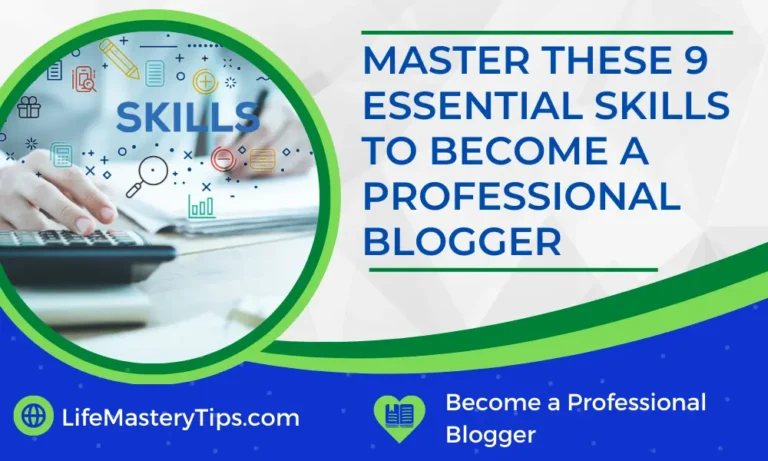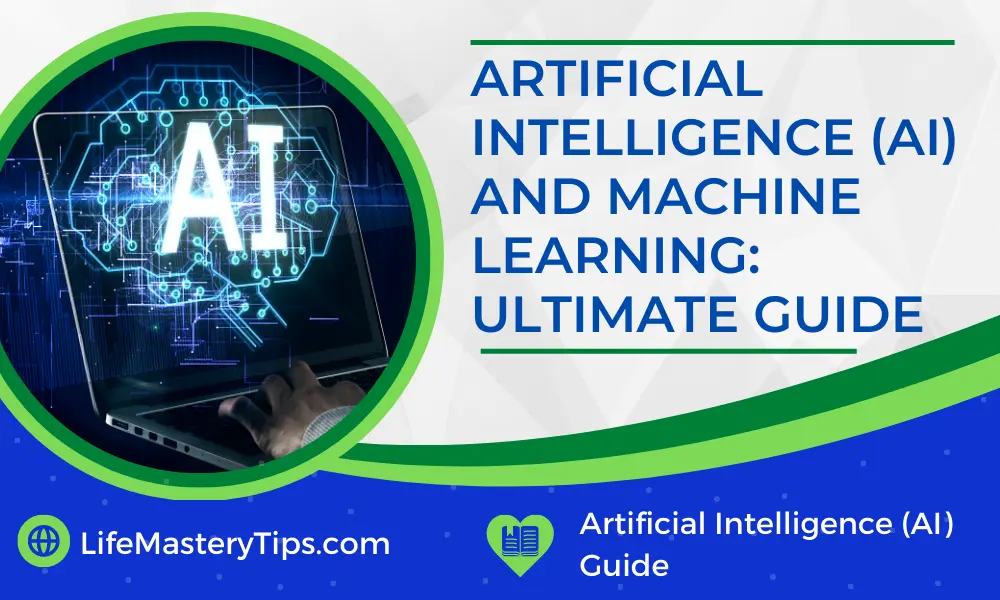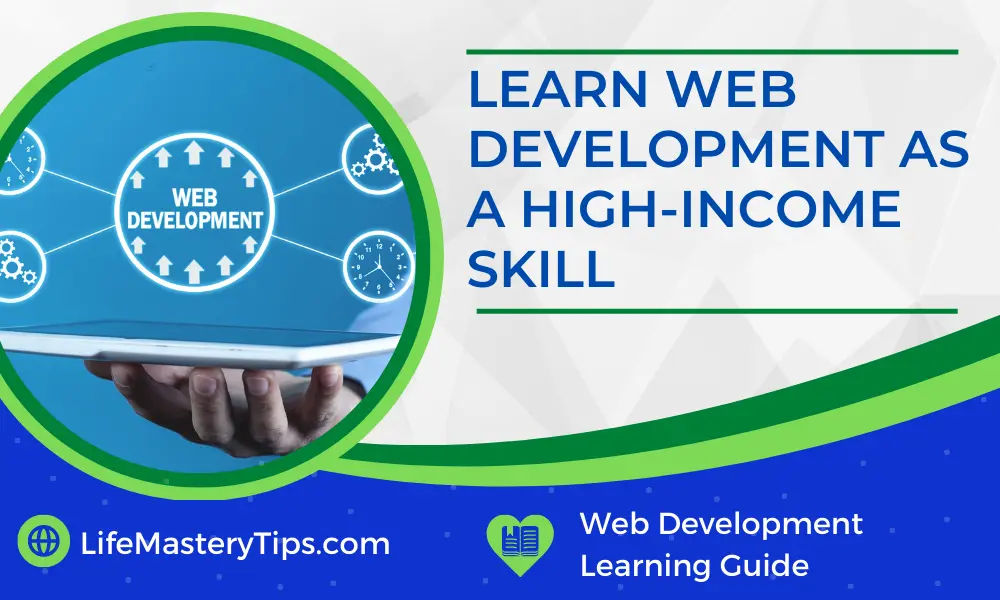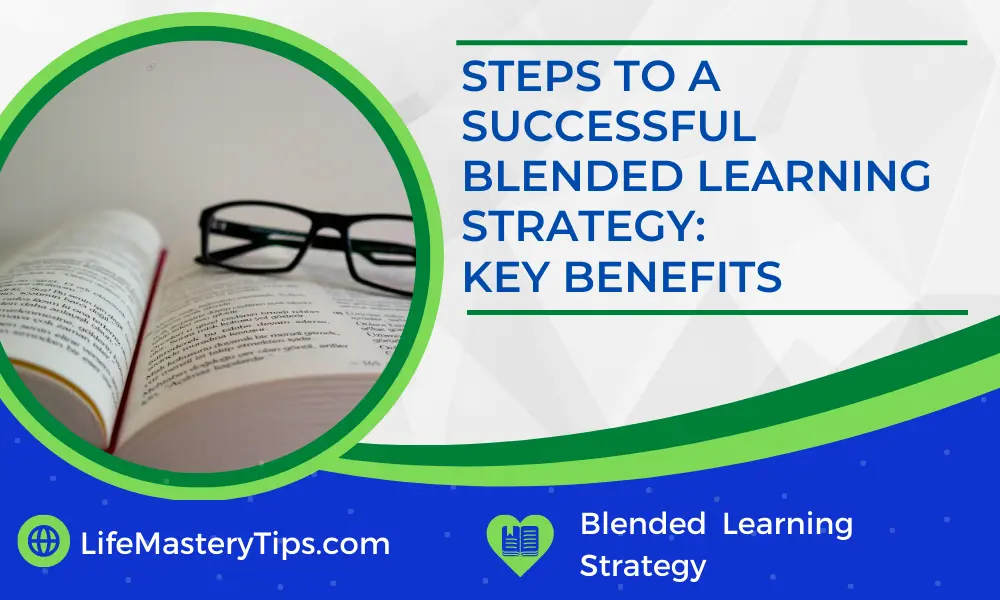In the ever-changing world of the internet, where each time you click can shape how you think, influence choices, and start worldwide conversations. blogging has become a unique way to be creative, connect with others, and have an important impact. Becoming a “professional blogger” isn’t just about being good with words. It means being really skilled in many different things like technology, art, understanding how people think, and knowing how to run a business.
Imagine digital words flowing like water, and picture a virtual stage calling you to step onto it. We invite you to go on a big journey of change, discovering the hidden parts of this interesting world. We’ll talk about how to write in a way that convinces people, and how to use the special rules that control who gets noticed online.
Learning skills to become a Professional blogger gives you the ability to create great content, generate traffic, and then convert that traffic into a sale. This can be done through various means including social media and email marketing. It may seem like anyone can be a blogger because they have access to the internet, that’s not true. You need more than just a laptop and an internet connection; you need specific skills to become a blogger which we will discuss in detail below.
How Can these Skills Help?
All of these skills will help you become a better blogger and increase your chances of success. You need to have an understanding of each one in order to be successful. The more skills you have, the more likely it is that you’ll be able to create content that people want to read and share with others.
The more skills you have, the better your chance of success. If you want to become a successful blogger, then you need to learn these six skills. They will help you create content that people actually want to read.
#01: Keyword Research
Keyword research is the process of using tools like Google Adwords and Google Keyword Planner to find out which keywords people use when they search for your content. It’s essential that you know what words people are searching for when they come across your blog post or web page because it allows you to create content around those terms.
This is a very important step in ensuring that the content on your blog gets found by potential readers, but it can be time-consuming if you don’t know where to start. Luckily, there are tons of great keyword research tools available online that can help guide your efforts and make it easier than ever before!
#02: Leverage The ability to Write Effective Content
Writing effective content is the most important skill for a blogger to master. It doesn’t matter if you’re writing about your personal life or any other topic, your readers will not stay engaged with your blog if they find it hard to understand.
Here are some tips that can help:
Use active voice. This makes sentences more concise and easier to read.
For example: “I ate eggs for breakfast” is better than “Eggs were eaten by me for breakfast”.
Use short sentences. Shorter sentences give the same effect as using active voice but also make it easier to scan through the content quickly, which is useful if you want people to read what you have written quickly but are short on time themselves (like when reading in public).
For example: “I am going home today” instead of “Today, I am going home”.
Write in a conversational tone rather than an academic style (or anything else). This helps readers feel like they are having a conversation with another person rather than being told something by someone else which may make them less likely to remember things later on down the line too!
#03: Audience Analysis
To create content that resonates with your audience, it’s important to know them. Understand their age, gender, location, and what they like to do in their spare time. How do they like to be communicated with? What are the pain points they face in their lives? What are their goals?
Knowing these key details will help you target your content at them and become a trusted resource for them by addressing their questions or concerns. When you gain their trust, you build a stronger connection with them which helps increase your reach online.
#04: SEO Understanding
A fundamental facet of effective content creation is a comprehensive understanding of your audience. Delving into parameters such as age, gender, geographic location, and leisure activities provides invaluable insights. Equally pivotal is grasping their preferred communication style and identifying the challenges and aspirations that punctuate their lives.
By assimilating these pivotal particulars, you can tailor your content to cater directly to their needs, positioning yourself as an authoritative source capable of addressing their queries and alleviating their apprehensions. Nurturing this rapport engenders a robust bond, thereby augmenting your online presence and extending your reach.
#05: Content Creation
Content creation has a lot to do with writing engaging posts that are easy to read and understand. You can make your content more engaging by using images, video, and audio. If you have the right tools in place, it will be easier for people to find what they’re looking for on your website.
Content creation is important for any business. You need to make sure that your website is updated with relevant and engaging content. If you don’t have the time to create new content, you should consider outsourcing this task.
#06: Content Promotion
Content promotion is the process of driving traffic to your website, blog, or landing page. There are many ways to promote your content and there are also many tools to help you with this task. It’s important that you know how it works before you start promoting anything online so that you can get more visitors and make more money from ads.
The most common ways to promote your content are:
- Social media marketing (Facebook, Twitter, etc.)
- Email marketing
- Guest blogging
Paid traffic (SEO, PPC, etc.) Content marketing (blogging) The best thing is that you can use these strategies together to get more visitors. For example, you can create an engaging Facebook post and then send it as a newsletter via Mailchimp.
#07: Social Media Marketing
Social media marketing, social media management, and social media advertising are three different things that all fall under the umbrella of social media.
Social Media Marketing:
The process of promoting a product or service through the use of online platforms. It’s an active promotion process where you actively create content for your audience to help grow your brand and make sales. Social Media Marketing is usually done by companies but can also be done by individuals who have products or services to sell or promote themselves in some way (ie – authors).
Social Media Management:
The process of managing existing accounts on various social networks so they run smoothly as well as adding new ones to help build your presence online. This can include creating content, responding to comments, and other interactions with followers/subscribers/fans, etc., plus it encompasses having analytics systems in place to measure results so you know what’s working best when planning new campaigns going forward!
#08: A/B testing
A/B testing is a method of comparing two versions of a webpage, to determine which version performs better. The most common types of A/B tests compare two different headlines, two different pictures, or two different calls to action.
A/B testing is the best way to optimize your website and increase your conversion rate. It allows you to understand what parts of your web page are working well and what needs improvement.
The only downside is that it takes time to run an A/B test – usually between 1 and 3 weeks depending on how many variations you want to test at once.
#09: Conversion Rate Optimization (CRO)
Conversion Rate Optimization (CRO) is the process of improving your website’s conversion rate. It’s simple: you test elements on your site to see which ones are most effective. You then use that information to make changes to the site and re-test again until you find what works best for you.
The benefit of CRO is that it allows you to make small changes to your site that can have a big impact on your conversion rate. You don’t need to spend months testing everything in order to understand what works best for your business.
How To Start Blogging?
If you want to get started as a blogger, there are some steps you can follow to make sure your blog is set up correctly. Follow these steps and learn how to become a blogger in no time:
- Pick a Blogging Platform
In order to choose the best blogging platform, you have to know what you’re looking for. Most bloggers use WordPress or Blogger as their blog platforms. They are both free and easy to use, but there are other factors that you need to consider when choosing between them.
- WordPress: Crafting Excellence in Blogging
WordPress is the most popular blogging platform in the world. It has an active community, great support, and flexibility for customization and design. You can create a beautiful website using WordPress themes, which are pre-made templates that allow you to change colors, fonts, and styles with just a few clicks of your mouse (or taps on your phone). The downside is that it requires some technical knowledge before getting started so it may not be suitable if you don’t know much about coding or web design yet!
Start Blogging:
Select a Web Hosting Provider and a Hosting Plan
Once you’re ready to start blogging, one of the first things to do is select a web host. A web host is a service that allows you to store your website files on a server. Web hosting providers offer different types of plans and features, so it’s important to choose a plan that matches your needs.
Your main considerations when choosing a plan should be:
- Budget – How much money do you want to spend per month?
- Traffic expectations (if any) – How many people visit your blog every day or week?
Hosting features – Do you need a lot of storage space for media files and images? If so, make sure the web host offers enough bandwidth to handle large amounts of traffic. Ease of use – Do you want to be able to manage your blog through an interface or control panel, or do you prefer to access everything through FTP?
Configure Your Blog
The first thing you’ll need to do is configure your blog. Once you log in to the WordPress admin dashboard and click on “Settings,” there are several options available that allow you to customize your blog.
Import Your Content:
The first step is importing all of your content from other platforms such as Medium or Blogger. This will transfer everything including posts, pages, links, comments, and more. You can easily import your content by following the instructions given below:
Create Your First Post and Publish It:
You should create a new post immediately after importing because otherwise, it won’t show up when someone visits your homepage (you may also want to install an archive page plugin). Once this step is complete we’ll move forward with uploading our custom header image (and logo if desired) so that visitors know who created this site
Install the WordPress theme and Plugins You Need
Once you’ve successfully set up your chosen blogging platform and laid the foundation for your blog, it’s time to finely craft its visual and operational elements. This is where themes come into play—a selection of pre-designed templates that shape the look and feel of your blog. These templates control things like:
- Colors
- Fonts
- Post layout
- Content display On the Screen
When creating a new website, one can explore a variety of options to enhance its appearance and functionality. One popular avenue is to utilize free WordPress themes. These themes are pre-designed templates that provide a solid foundation for building a visually appealing and feature-rich website. Astra is one of them.
Astra offers an impressive array of pre-designed starter templates that cater to a diverse range of niches and styles. Whether your blog is focused on fashion, travel, technology, or any other topic, you’ll find a template that resonates with your vision. These templates can be easily customized to match your branding and preferences, allowing you to create a unique online presence.
Moving forward, let’s talk about plugins – these are like tools you can add to your website to make it do even more. Plugins add new features and functions to your blog, making it more user-friendly and versatile. As you explore, you’ll find that adding plugins isn’t as complicated as it may seem, and they’ll equip your digital space with tailored abilities that enhance your blog’s performance and interaction with your readers.
Start Creating Content
Now that you have your blog name and URL, it’s time to start blogging. The first thing you’ll need to do is create a blog post. You can do this by clicking on the New Post button at the top of your WordPress dashboard.
Once you’ve created a new post, it will automatically open in the Visual Editor. This is where you’ll add all of your content: text, images, links, and even video! In addition to adding these elements into your blog posts as they are needed, I also recommend creating an image library so that when writing future posts – or re-purposing old ones – you know how many different images are already available in case something isn’t quite right with one of them after uploading it into your content library (and this has happened more often than I care to admit).
You should also include links within each post so readers can see other articles related to yours or find more information about what exactly it is that interests them about what was written here today.”
Conclusion
The above is just a quick overview of the basics of blogging – and I’m sure there are many more things to consider when getting started. But hopefully, it’s enough to get you started in the right direction. It’s also important to remember that blogging is a long-term strategy. You won’t see results overnight, but if you stick with it, you’ll be able to build your brand, establish yourself as an authority in your niche and eventually make a lot of money through affiliate marketing or one-time sales.
FAQs:
You Might Also Like:
Given the Ability to Work Fully Remote: Finding True Balance




